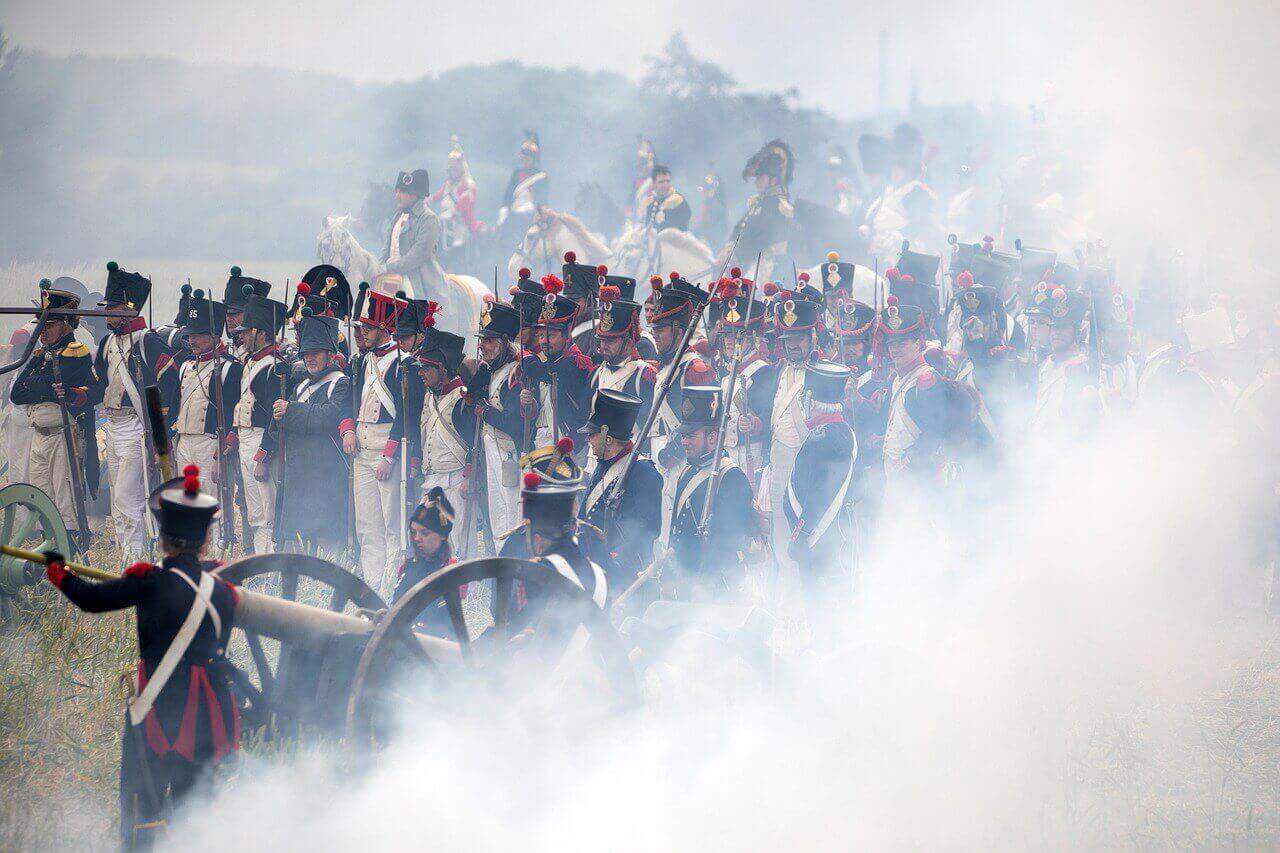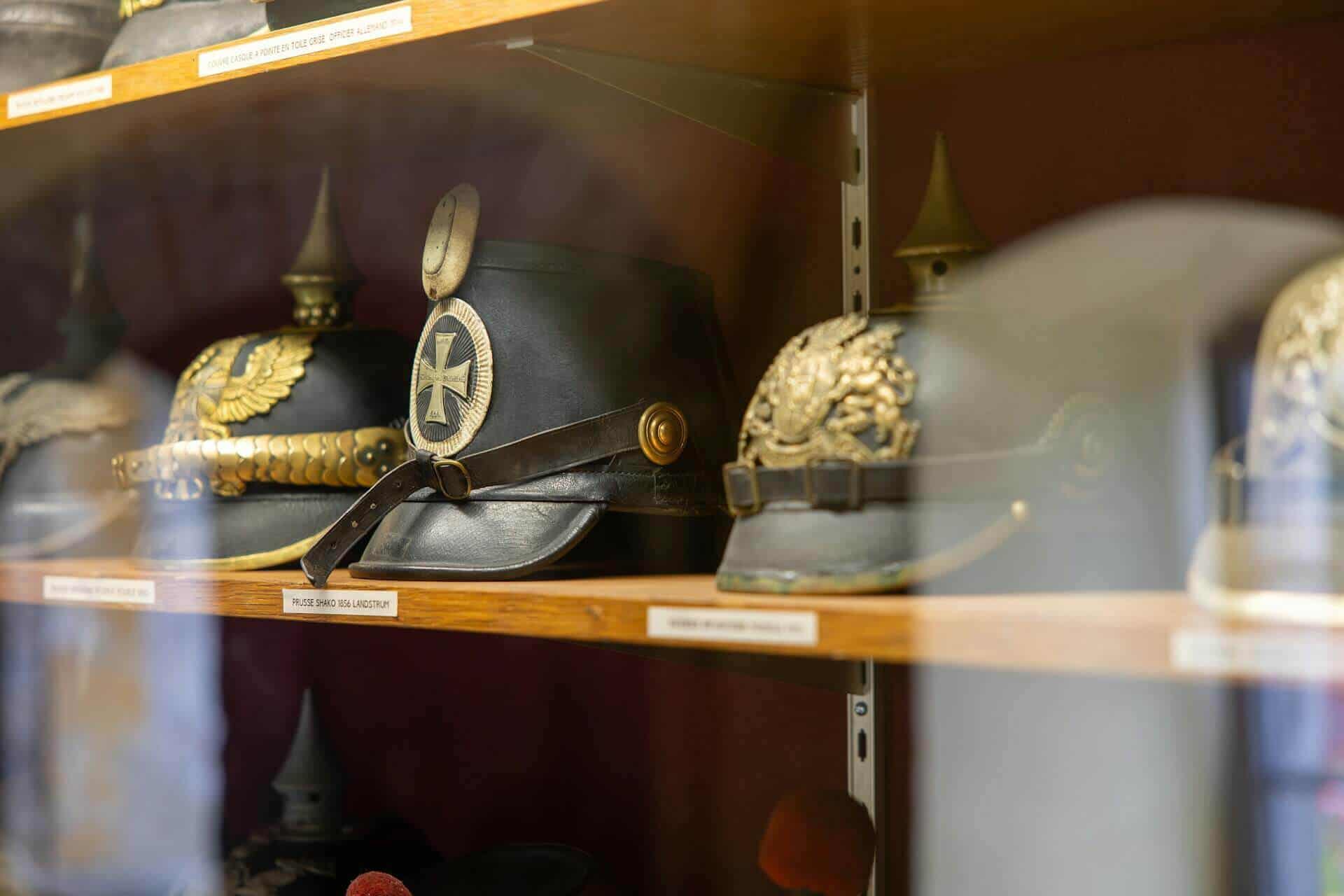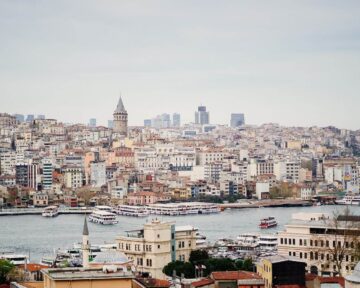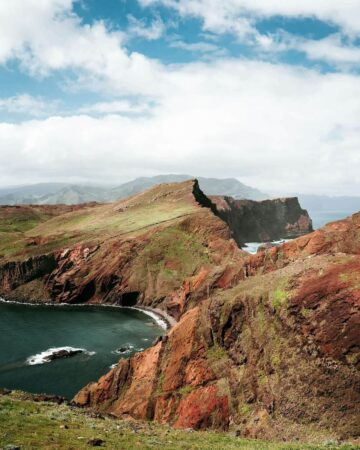Many historians visit Waterloo to see the place where the Battle of Waterloo was fought and to learn more about Napoleon. However, the history of the city goes way back to 1102 when it was mentioned as a small town in the Sonian Forest, but did not develop until the late 1600s when a chapel was built nearby. Situated around 23 kms from Brussels, Waterloo offers a great repository of historical elements which would impress one and all.
Some of the notable landmarks include the Lion’s Mound, which is a memorial to those who died in the Battle of Waterloo, the Argenteuil Estate from the 1831 De Meeus family, and the Château d’Argenteuil from the 1940s Carmelite Sisters. Before your journey begins, leave your bags near Waterloo Station to enjoy the sights hands-free.
Museums
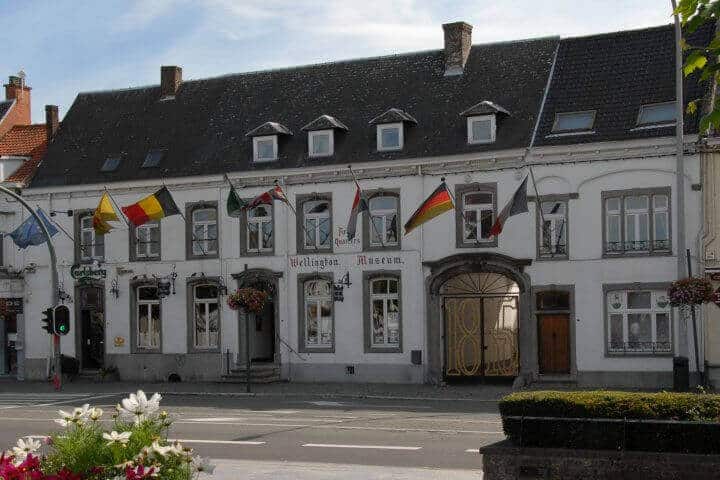
a) Wellington Museum (Musée Wellington)
At the Wellington Museum, you can relive the Battle of Waterloo where Wellington’s army came up against Napoleon’s troops. Located in the house where the Duke of Wellington slept the night before the battle, you can see the bedroom where he slept, the bed where Sir Alex Gordon died, and a dozen other historic rooms.
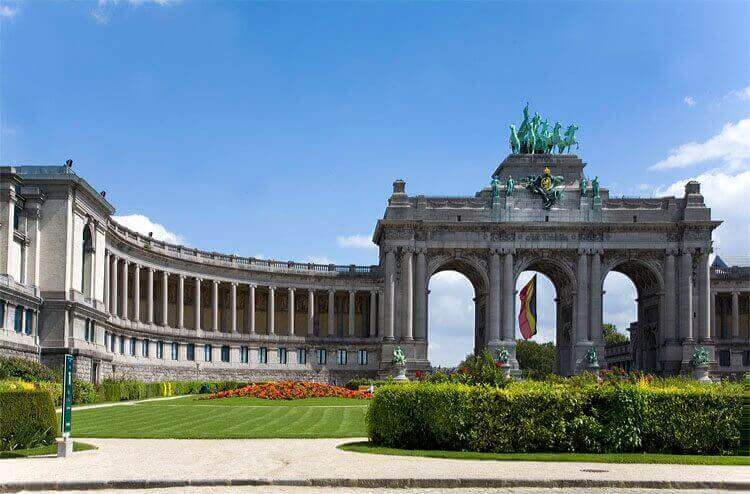
b) The Royal Museum of the Armed Forces and Military History (Le musée royal des forces armées et de l’histoire militaire)
If you have any interest in military items, this museum is for you. The 1875 building started with 900 pieces from the collection of Louis Leconte. Today, there are thousands of weapons, uniforms, and more from Dutch, French, and Austrian history. Get some souvenirs from the gift shop before you leave.
c) Museum of Natural Sciences (Muséum des sciences naturelles)
This Museum of Natural Sciences features nine different areas to explore. The Evolution section explores how we came to be here. The Animal Kingdom section has a dinosaur gallery and 250 years of animal science. And the Seas and Oceans section explores the Pacific, Atlantic, Indian, Antarctic, and Arctic Oceans.
Other Museums
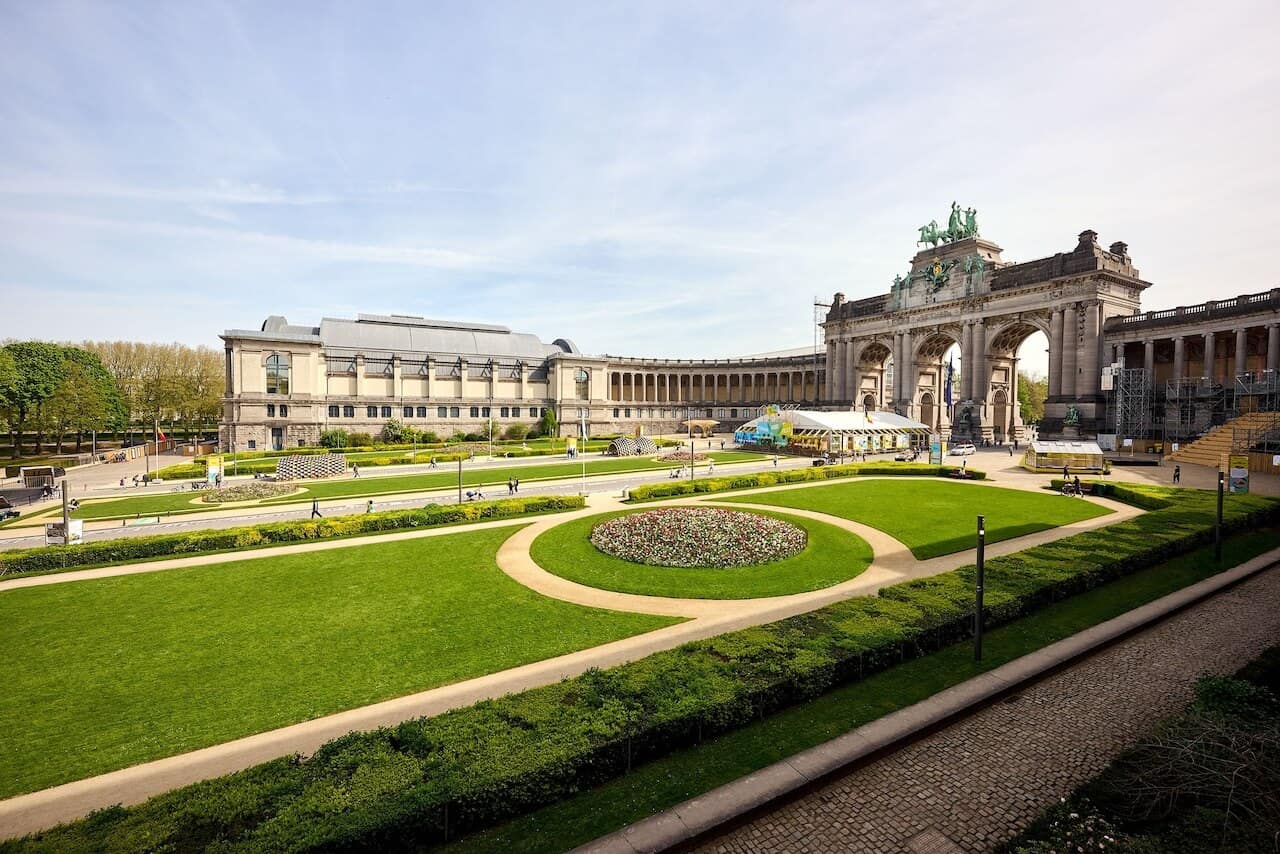
d) Art & History Museum (Musée Art & Histoire)
At the Art & History Museum, see art that goes back to prehistoric times from all over the world. The archeology collection has items from the stone age to the metal age, the antiquity wing has mosaics and other beauty from Ancient Egypt and Greece, and you can even see Egyptian tombs, jewels, and Pre-Columbian art.
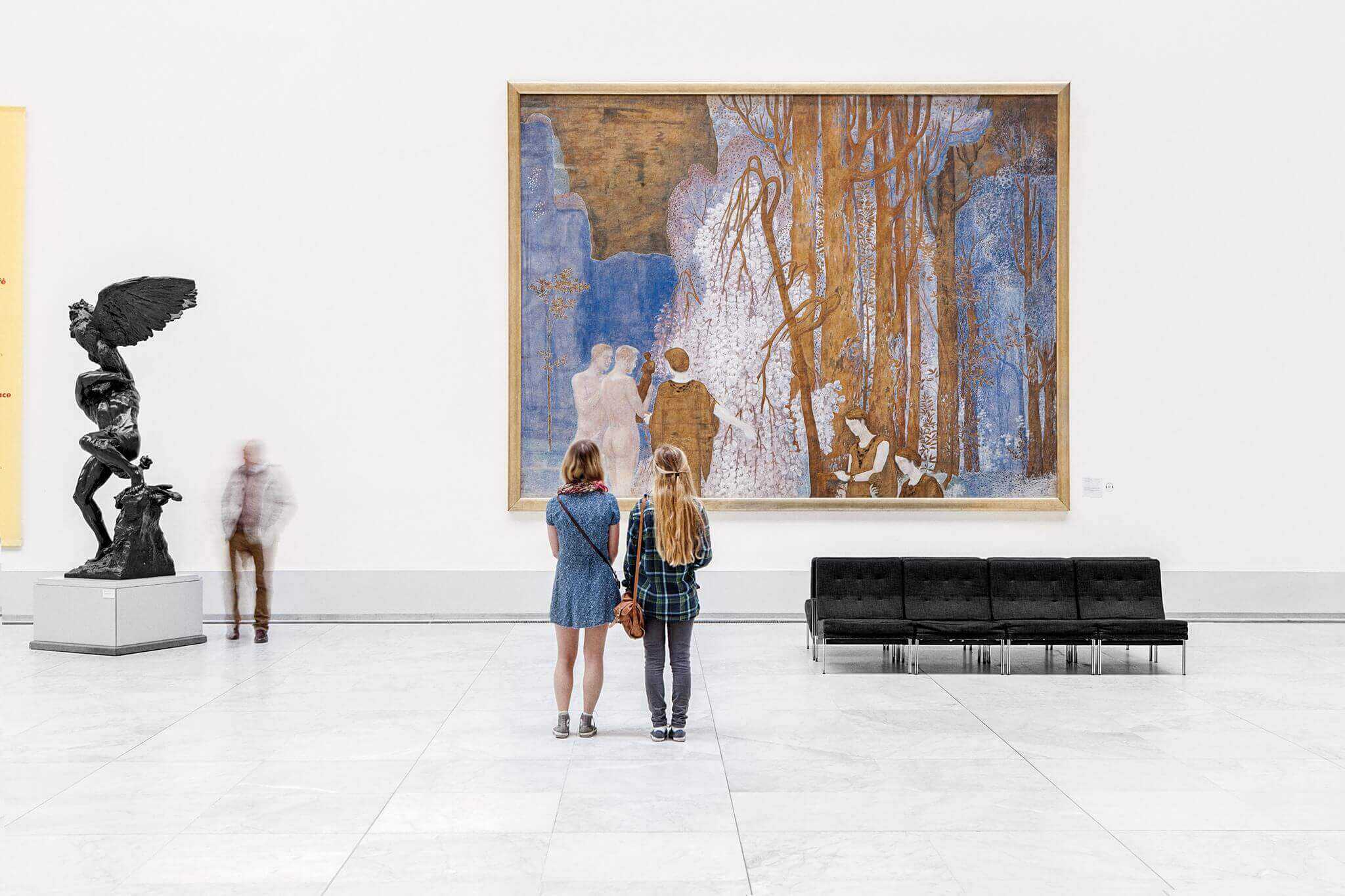
e) Royal Museum of Fine Arts of Belgium (Musées Royaux des Beaux-Arts de Belgique)
This art museum boasts more than 20,000 paintings, sculptures, and drawings dating back to the 1400s. Some of the artists include Jan Fabre, Paul Gauguin, Pieter Bruegel, and the Flemish Primitives. Also, see over 200 works from René Magritte and 150 paintings and sculptures from Constantin Meunier.
f) Wiertz Museum (Musée Wiertz Museum)
The Wiertz Museum preserved items from Antoine Wiertz, who was a controversial writer, sculptor, and painter. His giant canvasses were known for their war and battle scenes that some found too gory. However, these works from 1850 until the 1860s have drawn a large following. Be sure to see his self-portraits as well.
Historic Sites
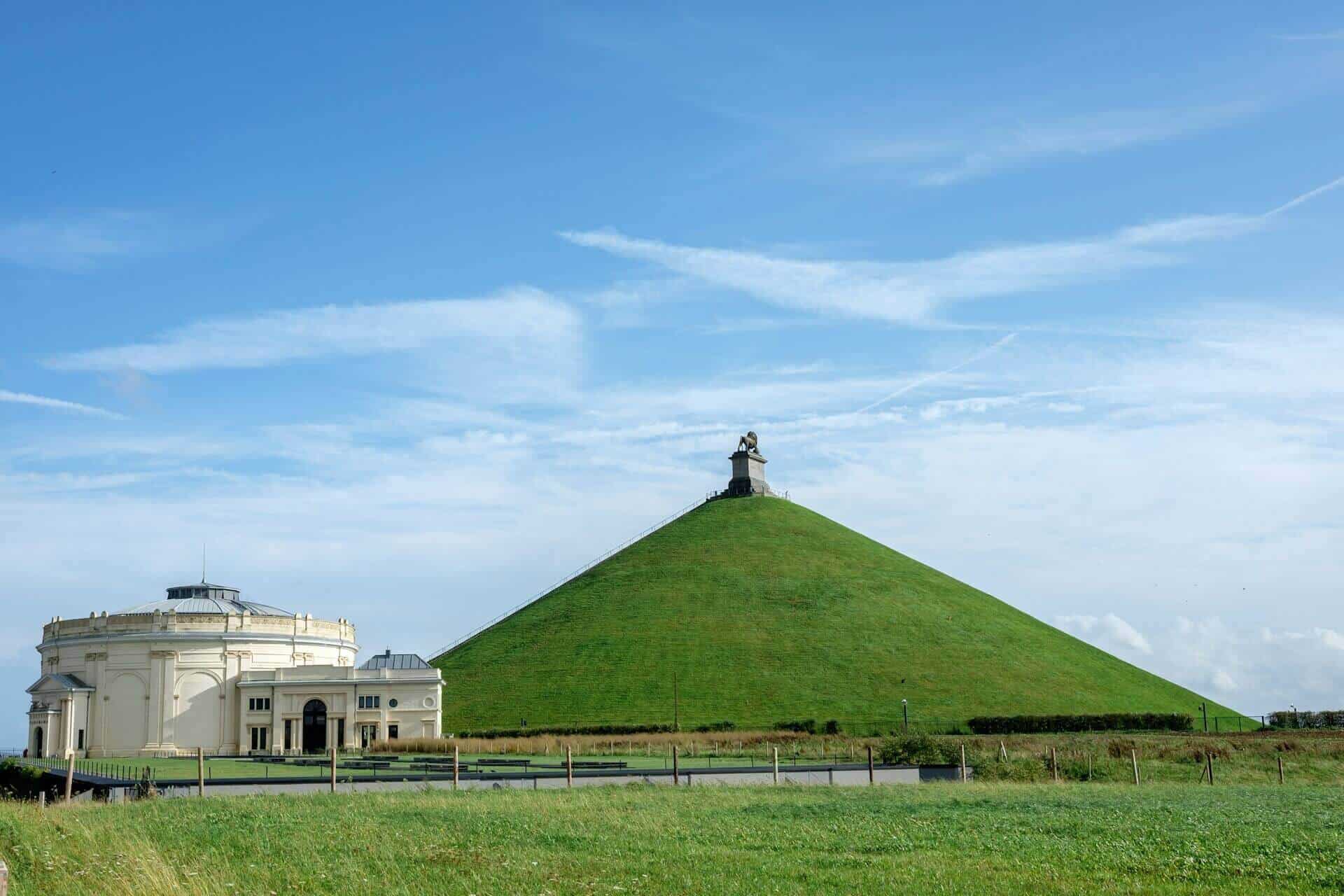
a) Waterloo Battlefield (Champ de bataille de Waterloo)
You cannot go to Waterloo without seeing the battlefield where it was all fought in June of 1815. Over 200,000 soldiers fought in the war between the Duke of Wellington and Napoleon Bonaparte and 65,000 men were lost. You can also go to the battlefield visitor center for more information and souvenirs.
b) The Lion’s Mound (Butte du Lion)
In the same spot as the battlefield, you can see this cool site from the bottom of the hill if you do not want to walk up 225 steps. But it is worth the walk to get such an amazing view of the battlefield from 140 feet in the air. And the lion is a beautiful bronze work of art where you can get some selfies.
c) Hougoumont Farm (Château d’Hougoumont)
Also known as the Goumont Farm, this walled building is found at the bottom of a slope on Nivelles Road. The farm was one of the sites where the Duke of Wellington and his troops defended the area and was the last place that the troops fought during the battle. It was restored and preserved for historians.
Historical Buildings
a) Panorama at Waterloo (Panorama à Waterloo)
Located on the Waterloo Battlefield near the Lion’s Mound, this rotunda is the home to a panoramic painting of the Battle of Waterloo. The building was designed in 1911 by Franz Van Ophem. The canvas oil painting inside was done in 1912 by Louis Dumoulin made from 14 panels totaling 360 feet long.
b) Castles of Argenteuil (Domaine Royal D’Argenteuil)
This castle where King Leopold III once lived is located in Sonian Forest and has 336 acres. The estate was built in 1856 and is one of the biggest in the area. The castle has 15 bedrooms and 10 bathrooms. Other features include a chapel, several garages, stables, a pool, private gardens, and tennis courts.
c) Last Headquarters of Napoleon (Dernier quartier général de Napoléon)
On June 17, 1815, Napoleon Bonaparte and his troops took shelter overnight in the Caillou Farm, also known as the last headquarters of Napoleon. The small museum features the bed where Napoleon slept as well as some items he left behind. Other items on display include maps, coins, and medals.
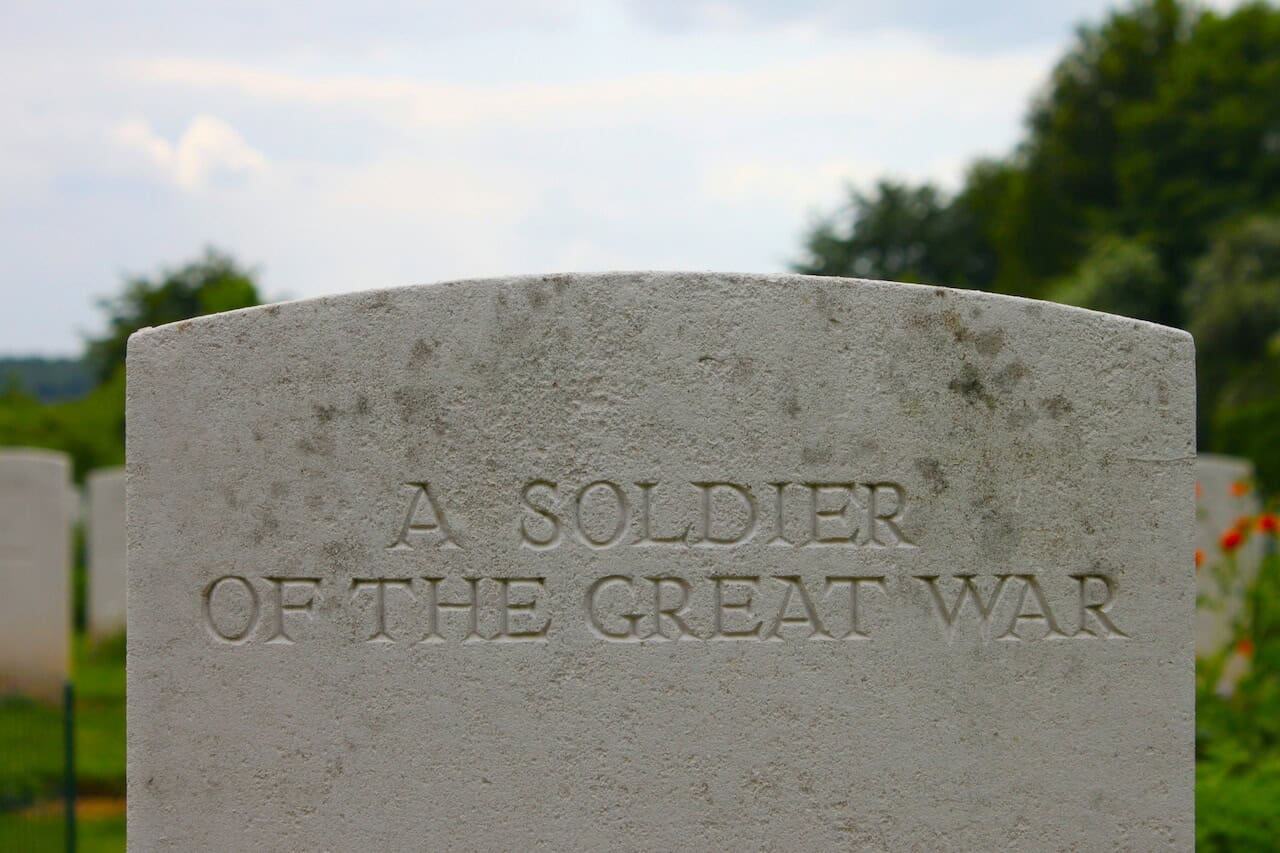
Memorials
a) 1815 Memorial of Waterloo (Mémorial Waterloo 1815)
On the same grounds as the Waterloo Battlefield, Panorama, and Lion’s Mound, the Memorial of Waterloo has depictions of some of the events of the battle. See maps, historical items, uniforms, and dioramas. Don’t miss the skeleton of the Waterloo Soldier that was found in 2012 while building the parking lot.
b) Belgian Air Force War Memorial Monument (Monument commémoratif de guerre de l’armée de l’air belge)
The World War I memorial to the soldiers who lost their lives between 1911 and 1918 is portrayed by a bronze statue as well as a wall of names. See the names of those whose lives were given to protect the people of Belgium. The memorial stands in front of the Royal Museum of the Armed Forces and Military History.
c) George Price Memorial (le mémorial George Price)
Private George Price was a 26-year-old soldier who lost his life two minutes before the ceasefire was implemented. Private Price was in charge of securing the bridges along the canal and was killed by a sniper. This memorial to the last soldier to fall in the First World War was built right where he died.
While you are in Waterloo, be sure to take the time to enjoy some of the parks and other attractions as well. And do not miss out on the amazing Belgian cuisine while you are in Waterloo. The mussels and fries, giant glazed meatballs, and, of course, the waffles are not to be missed.
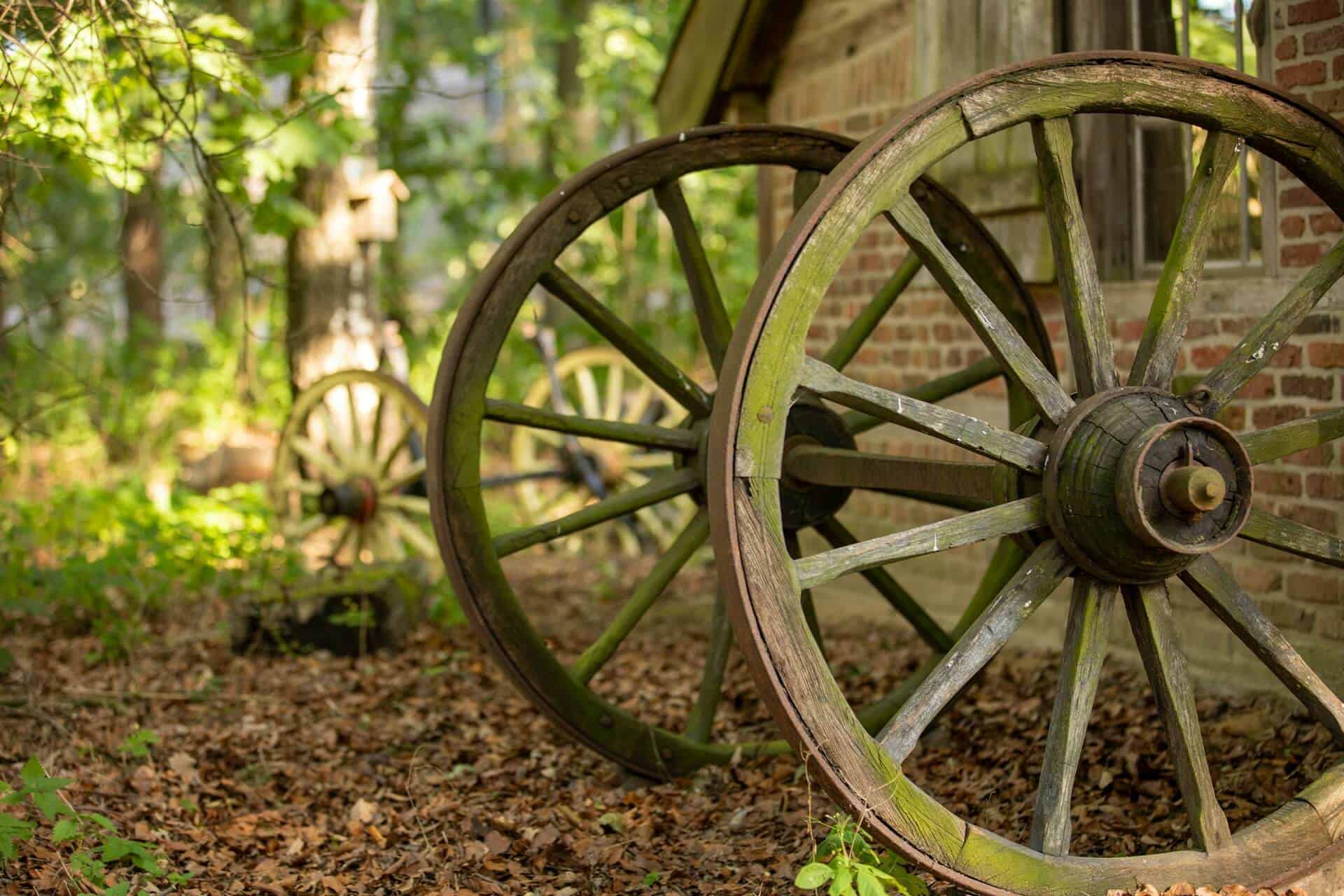
Do you have any suggestions and recommendations which we might have missed? Let us know in the comment box below.
And if there has been an overdose of the historical gourmet, enjoy some of the best Christmas markets in Europe here.
Happy traveling and hope you get to whet your appetite on some great history !!

